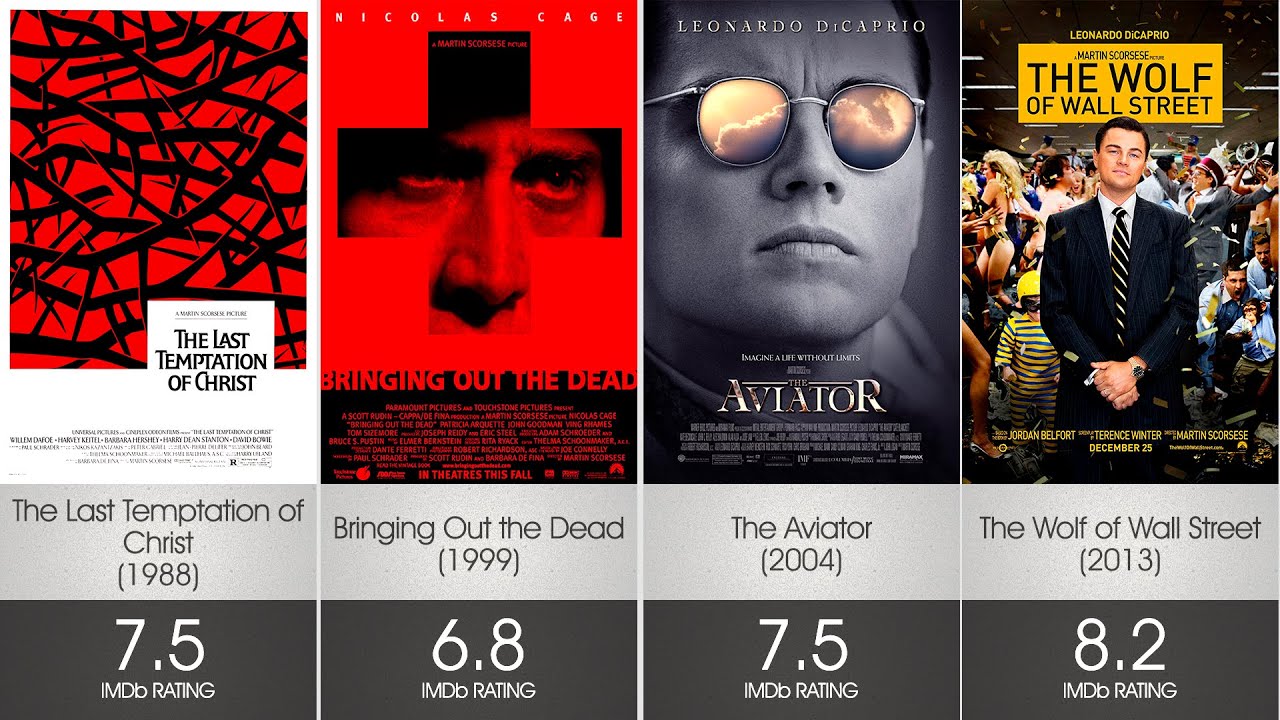Martin Scorsese stands as a towering figure in the realm of cinema, renowned for his unparalleled craftsmanship, meticulous attention to detail, and profound storytelling prowess. With a career spanning over five decades, Scorsese has left an indelible mark on the world of filmmaking, delivering a diverse array of masterpieces that have captivated audiences and inspired generations of filmmakers. From gritty urban dramas to sweeping historical epics, each of Scorsese’s films is a testament to his unparalleled talent and artistic vision.
Early Career and Signature Style:
Born on November 17, 1942, in Queens, New York City, Martin Scorsese developed a passion for cinema at a young age, influenced by the vibrant tapestry of life in the streets of his hometown. His early works, such as “Mean Streets” (1973) and “Taxi Driver” (1976), exemplify his gritty, urban aesthetic and explore themes of violence, redemption, and the human condition. These films introduced audiences to Scorsese’s signature style, characterized by dynamic camerawork, intense performances, and a visceral approach to storytelling.
Exploration of Morality and Religion:
Throughout his career, Scorsese has exhibited a fascination with the complexities of morality and religion, delving into the inner struggles of his characters as they navigate the moral landscapes of their respective worlds. In “Raging Bull” (1980), he explores the tumultuous life of boxer Jake LaMotta, whose self-destructive tendencies are intertwined with themes of sin and redemption. Similarly, “The Last Temptation of Christ” (1988) offers a controversial reimagining of the life of Jesus Christ, prompting discussions about faith, sacrifice, and the nature of divinity.
Collaborations and Creative Partnerships:
A hallmark of Scorsese’s career is his longstanding collaborations with actors such as Robert De Niro and Leonardo DiCaprio, who have become synonymous with his cinematic vision. From “Goodfellas” (1990) to “The Wolf of Wall Street” (2013), De Niro and DiCaprio have delivered powerhouse performances under Scorsese’s direction, bringing depth and nuance to their respective roles. Additionally, Scorsese’s partnership with editor Thelma Schoonmaker has yielded some of the most iconic sequences in film history, showcasing their unparalleled synergy and shared commitment to excellence.
Exploration of Cinematic Language:
As a master of cinematic language, Scorsese continually pushes the boundaries of storytelling through innovative techniques and visual flair. His use of long tracking shots, frenetic editing, and striking visual compositions imbue his films with a kinetic energy that propels the narrative forward. In “Goodfellas,” the iconic Copacabana tracking shot dazzles audiences with its seamless choreography, while the frenzied editing of “The Departed” (2006) heightens the tension of its cat-and-mouse narrative.
Legacy and Influence:
Martin Scorsese’s impact on the world of cinema extends far beyond the confines of his own films, shaping the artistic sensibilities of countless filmmakers and leaving an indelible imprint on popular culture. His uncompromising commitment to his craft, coupled with his relentless pursuit of excellence, has earned him widespread acclaim and admiration from audiences and critics alike. Whether exploring the dark underbelly of society or probing the depths of the human soul, Scorsese’s films resonate with a timeless relevance that continues to inspire and captivate audiences around the globe.
Conclusion:
In a career spanning over five decades, Martin Scorsese has established himself as one of the preeminent filmmakers of his generation, crafting a body of work that is as diverse as it is profound. From the mean streets of New York City to the epic landscapes of ancient Rome, Scorsese has fearlessly explored the depths of the human experience, offering audiences a window into worlds both familiar and alien. As we reflect on his cinematic legacy, one thing remains abundantly clear: Martin Scorsese’s films are not merely works of art but enduring testaments to the transformative power of storytelling.

